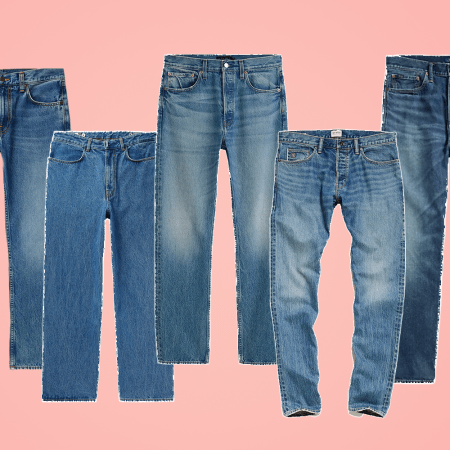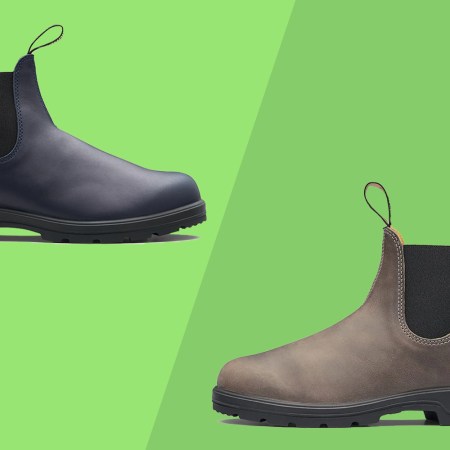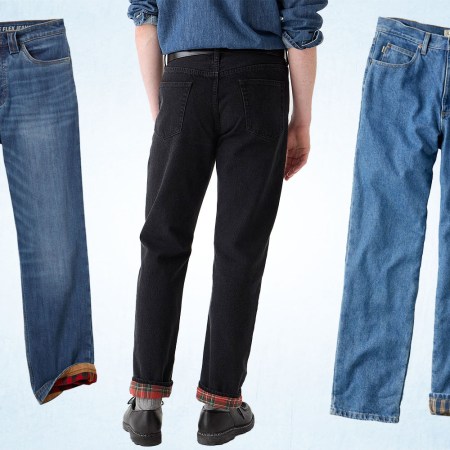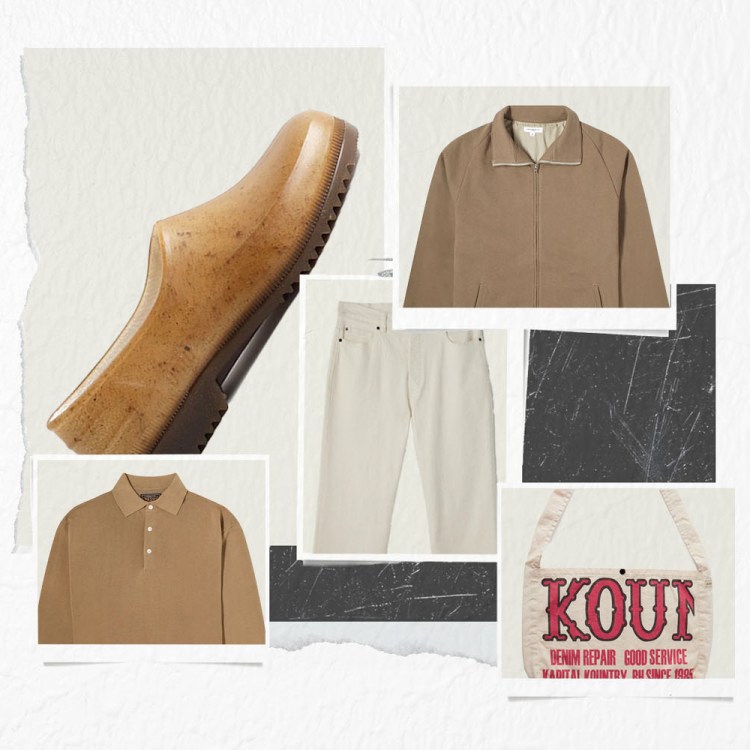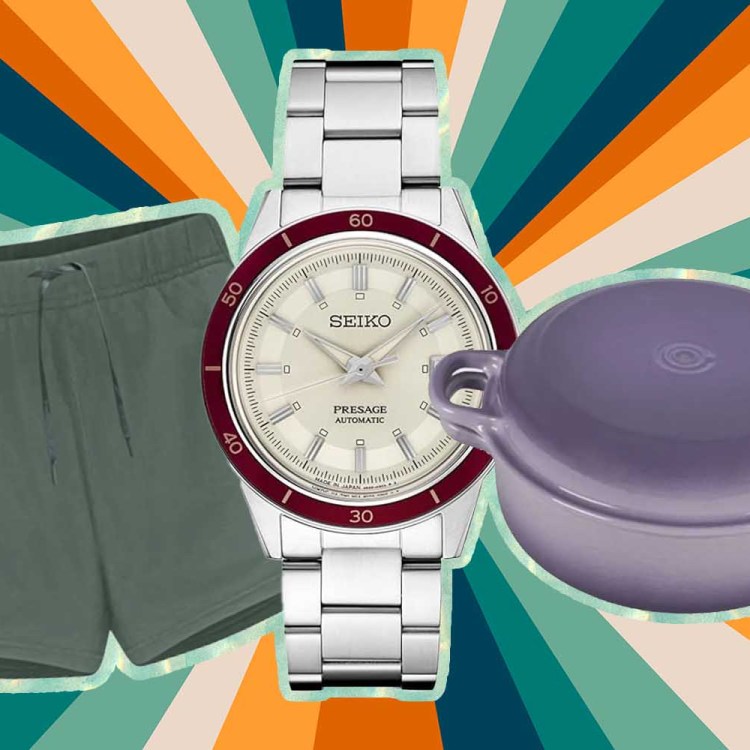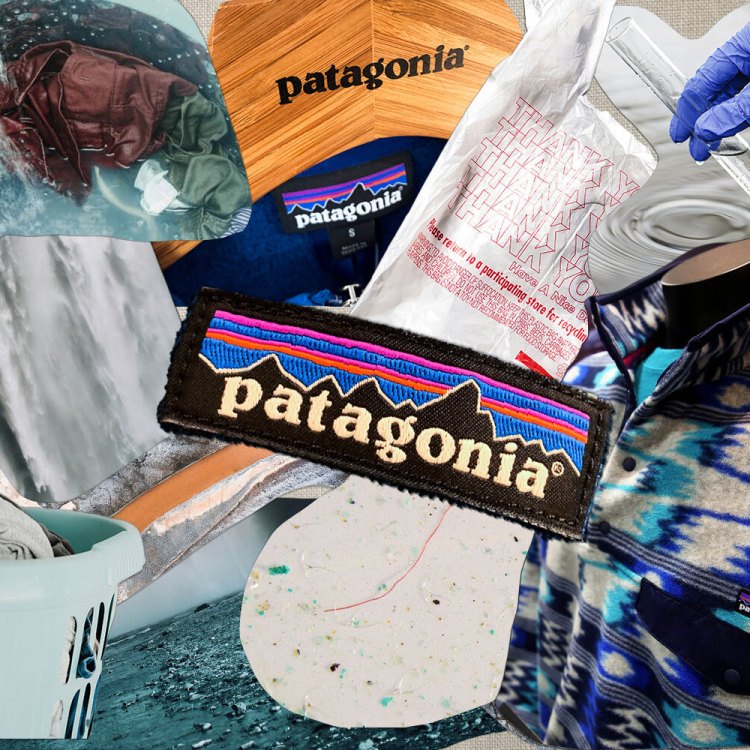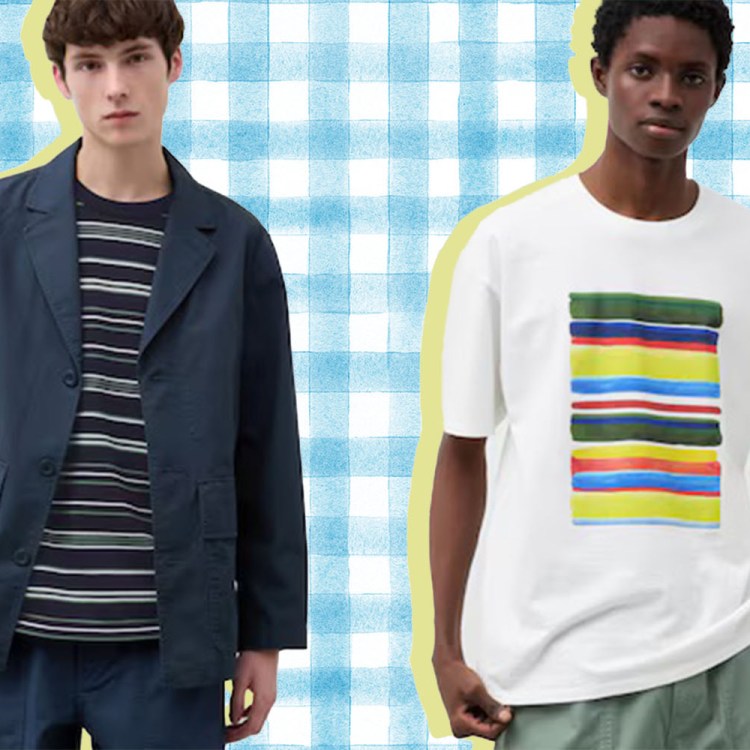This is Under the Influence, a series on the intersection of pop culture and menswear, and how to update some of history’s most enduring looks for the here and now.
In 1973, Martin Sheen did James Dean better than James Dean did James Dean.
Saying so might be blasphemous (hell, Sheen himself would probably say it’s blasphemous), but spend time revisiting Terrence Malick’s strangely comical killers-on-the-lam flick Badlands, and you, too, might come to the same conclusion.
By ‘73, Dean himself was long gone, but he was still widely imitated, a fact that remains true to this day, both on-screen and in real life. The film — a nuanced look at a then-peaking zeitgeist around the archetype of the young rebel antihero — was inspired by the true-crime killing spree of Charles Starkweather, who idolized Dean. The movie and its historical antecedent would later become the basis for the title track off of Bruce Springsteen’s 1982 album Nebraska.
Notice a pattern yet?
The story of a troubled, disaffected youth (let’s call him the American outlaw) is great fodder for popular art. He will always have an audience, since pretty much every youth self-identifies as troubled and disaffected. And he will always be a sex symbol — all you have to do is add a clean white T-shirt and a pair of straight-leg jeans.
Levi’s Vintage Clothing 1953 Type II Jacket ($385); Gant Beach Straw Hat ($65 $33); Buck Mason White Crew Sub Tee ($28); Frye Flint Firebird Tall ($685); Todd Snyder Indigo Washed Denim ($248); Maximum Henry Double Ring Belt ($125)
The movie has a peculiar mental makeup: two murderers — the 20-something Kit Carruthers (Sheen) and the 15-year-old Holly Sargis (Sissy Spaceck) — are in love and on the run. While it’s a timeless story (see: Bonnie and Clyde), what makes Badlands so brilliant and different is its self-awareness. And when it comes to style, at least, that’s all anybody could ask for.
When Sheen shows up looking like a cut-out pattern of Dean — white tee and jeans, cigarette dangling from his lower lip — the audience can’t help but think of Rebel Without a Cause. In her deadpan voiceover, even Holly says “he looked like James Dean.” Later, in handcuffs, when asked “why’d you do it?,” his character Kit blankly answers, “I always wanted to be a criminal, I guess. Just not this big of one.” To Kit’s delight, the cop then tells him he looks like — wait for it — James Dean.
At this point, the film smells of self-conscious irony. And what we have at the end are reworked symbols of the American outlaw style, revealed through masterful filmmaking.
So, perhaps we need to frame this: Terrence Malick did James Dean better than James Dean did James Dean. And more importantly, Malick managed to make the style his own.
This article was featured in the InsideHook newsletter. Sign up now.
